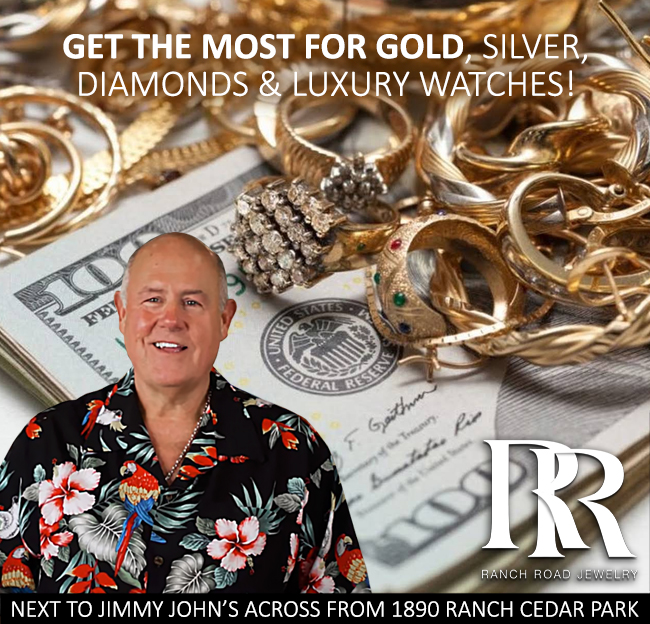Identifying the True Appraisal of Your Jewelry Collection for a Successful Exchange
Wiki Article
When it relates to retailing jewelry, understanding its actual value is crucial to securing a profitable sale. Ornaments can hold substantial sentimental and financial value, so understanding how to assess its valuation can help owners make knowledgeable decisions. Various elements impact the value of jewelry, including the materials used, designer prestige, buyer interest, and general state of the item. By considering these factors, sellers can ensure they set a fair price that reflects the ornament’s true worth.

The first step in determining the worth of jewelry is identifying its elements. Most jewelry is made from precious metals like the yellow metal, silver, or platinum. The fineness of these metals, evaluated in karats for gold and as a percentage for the white metal and platinum, plays a significant role in valuation. In addition, gemstones such as brilliants, green gems, or sapphires enhance the overall worth of a jewel. Factors such as the size, hue, clarity, and shape of gemstones are critical when assessing their market worth. Understanding these aspects enables owners to gain insight into what their ornaments might be worth on the open exchange.
An additional key factor to consider is the brand or maker of the jewelry. Well-known brands often demand higher prices because of their reputation for excellence and craftsmanship. For instance, items made by recognized designers or high-end labels may have a higher valuation compared to comparable items from obscure makers. Enthusiasts and buyers often seek out particular labels for their investment potential and prestige. Therefore, examining the brand’s history and industry standing can provide valuable information regarding valuation approaches.
Buyer interest also plays a significant role in determining jewelry's value. Shifts in style can strongly affect what kinds of discover here jewelry are popular at any given time. Specific designs may be sought after during specific seasons or occasions, shaping how much buyers are willing to pay. It is essential for sellers to remain aware of present trends and market conditions to take knowledgeable these details choices about timing when selling their jewelry. Consulting with experts or appraisers can offer insights into what items are in demand, assisting sellers maximize their return.
Finally, the state of the ornament must be assessed before seeking to resell it. Items that are properly cared for and without defects will generally command better offers than those that display visible use or need restoration. Polishing and refurbishing ornaments can improve its appearance and boost its appeal. In addition, having authentic boxes or official documentation for precious stones can further raise worth. Sellers should always be transparent about the state of their pieces when marketing them to prospective purchasers.
To summarize, determining the true value of jewelry involves a comprehensive understanding of its materials, designer prestige, buyer interest, and general state. By carefully assessing these factors, individuals can set appropriate prices that reflect their ornaments’ value while appealing to potential buyers. A well-informed approach not only ensures a profitable sale but also helps owners maintain assurance in their valuation choices. Be it planning to resell a cherished family heirloom or an investment piece, taking the time to evaluate its true value is crucial for securing rewarding results in the marketplace.